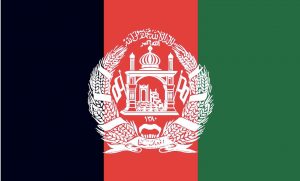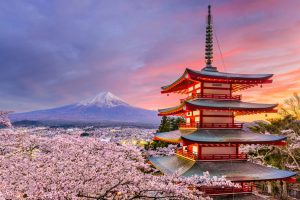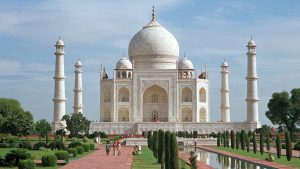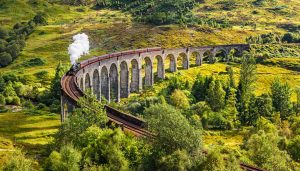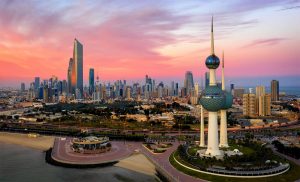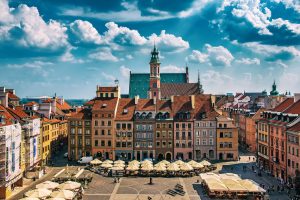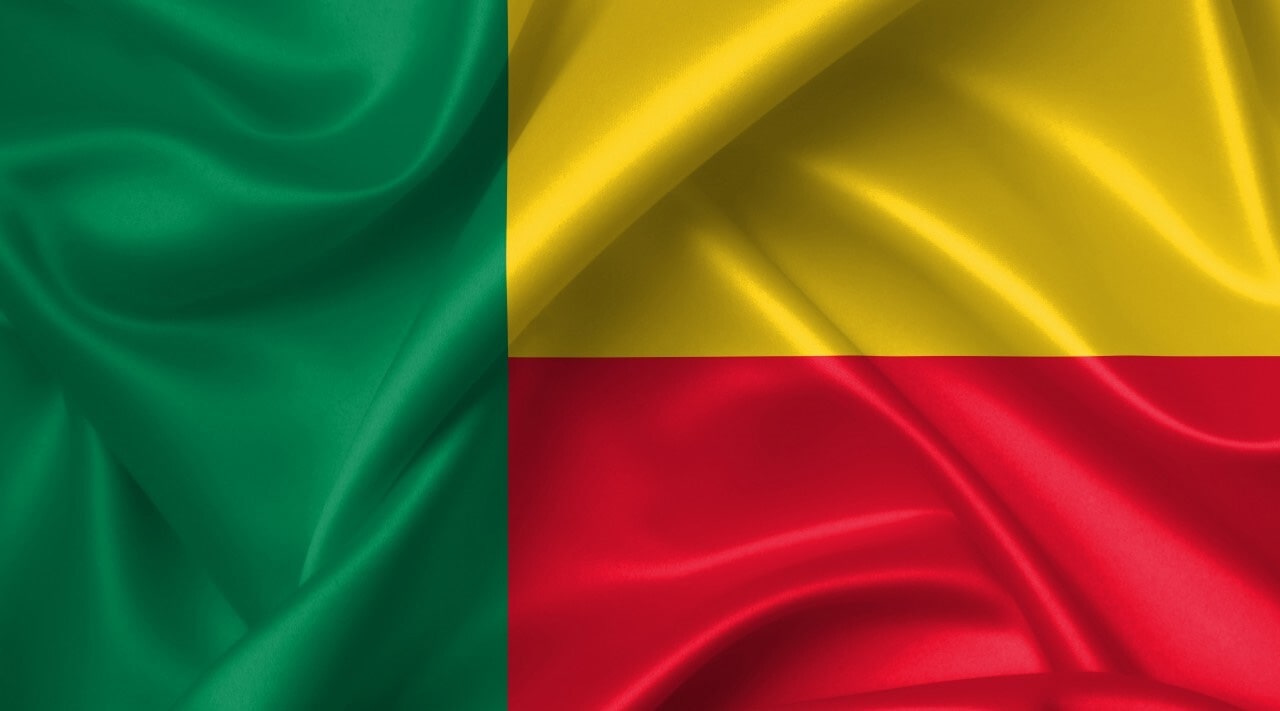
31 interesting facts about Benin
- 👁️ 2697
Benin, a country rich in history and culture, lies in the heart of West Africa, bordered by Togo, Nigeria, Burkina Faso, and Niger. This nation, though small in size, boasts a diverse landscape ranging from the sandy coastlines along the Atlantic Ocean to the lush forests and wildlife parks inland. Benin’s history is deeply intertwined with the Kingdom of Dahomey, known for its powerful warriors and significant role in the transatlantic slave trade. Today, Benin is a tapestry of vibrant cultures, languages, and traditions, offering a unique glimpse into the life and heritage of West Africa. Here are 31 interesting and informative facts about Benin that shed light on its past, present, and the essence of its people and land.
- Benin was known as Dahomey until 1975.
- It gained independence from France on August 1, 1960.
- The country’s name, Benin, is derived from the Bight of Benin, a body of water on the southern coast.
- Porto-Novo is the official capital of Benin, but Cotonou is the largest city, economic hub, and seat of government.
- Benin covers an area of approximately 114,763 square kilometers, making it one of the smaller countries in Africa.
- The population of Benin is estimated to be over 11 million people.
- More than 50 different ethnic groups live in Benin, with the Fon being the largest.
- Vodun (Voodoo) originated in Benin and is recognized as an official religion alongside Christianity and Islam.
- The historical Kingdom of Dahomey was known for its female soldiers, called the Dahomey Amazons or Mino.
- Benin’s national park, Pendjari, is one of the last strongholds for West African wildlife, including elephants, lions, and cheetahs.
- The W-Arly-Pendjari Complex, spanning Benin, Burkina Faso, and Niger, is a UNESCO World Heritage site for its biodiversity.
- French is the official language, but indigenous languages such as Fon and Yoruba are widely spoken.
- The Abomey Royal Palaces, a UNESCO World Heritage site, showcase the history of the Dahomey Kingdom.
- Benin is one of the leading producers of cotton in Africa.
- The country has a relatively young population, with a median age of around 19 years.
- Ganvié, known as the “Venice of Africa,” is a lake village in Benin built entirely on stilts.
- Benin’s flag consists of two horizontal yellow and red bands with a green vertical band at the hoist.
- The economy of Benin is heavily dependent on agriculture, with crops like cotton, corn, and cassava.
- The Door of No Return in Ouidah is a memorial to the millions of Africans forced into slavery through the transatlantic slave trade.
- The Dan people of northern Benin are known for their skill in making elaborately decorated masks.
- Benin’s coastline is home to endangered sea turtles, which are protected in several coastal marine parks.
- Gelede, an annual festival celebrating Yoruba culture and motherhood, is recognized by UNESCO for its cultural significance.
- Benin introduced the Community Health Insurance scheme in 2012 to improve healthcare access for its citizens.
- Music is an integral part of Beninese culture, with traditional styles blending with modern genres like hip-hop and reggae.
- The country is making efforts to increase its renewable energy capacity, particularly in solar power.
- Benin City, a historical city in Nigeria, is named after the Bight of Benin but is not part of the modern nation of Benin.
- The literacy rate in Benin is around 38.4%, with ongoing efforts to improve education nationwide.
- The National University of Benin, established in 1970, is the largest higher education institution in the country.
- Benin is part of the African Union and the Economic Community of West African States (ECOWAS).
- Dantokpa Market in Cotonou is one of the largest open-air markets in West Africa.
- The Somba people of northern Benin are known for their tata sombas, fortified mud houses that are both living spaces and fortresses.
Benin’s rich tapestry of history, culture, and natural beauty makes it a fascinating country to explore. From the legacy of the Dahomey Kingdom to the vibrant traditions that continue to thrive today, Benin offers a unique window into the heart of West Africa. Its commitment to preserving its heritage while embracing the future exemplifies the resilience and spirit of its people. As Benin continues to develop and share its stories with the world, it remains a testament to the diverse and dynamic nature of African civilizations.




